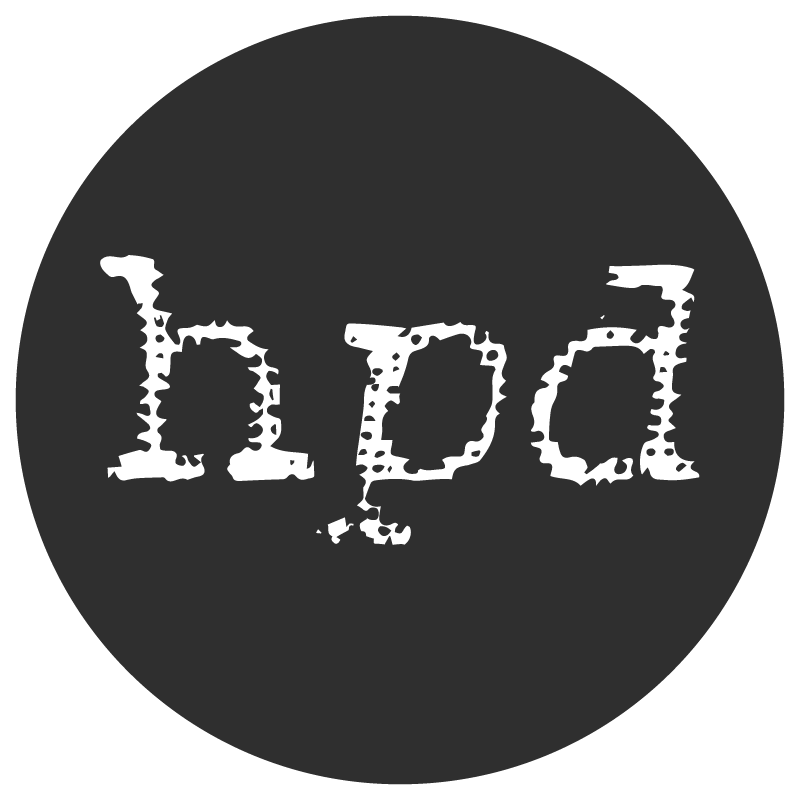We are glad to give notice that, on October 10th (6.00-8.00 pm EDT), Klaus Vieweg (Friedrich Schiller University Jena), will give a lecture entitled Hegel’s Aesthetics of Painting. The event will find place at The New School of New York (The Bark Room 104).
For registration, please visit this link.
Below you can find the abstract of the lecture.
***
What connects Hegel with Rembrandt? What are the important points of contact between the grand master of modern philosophizing and the virtuosos of Dutch painting? Why does Hegel, as an outstanding representative of the school of German Idealism, the golden age of modern philosophy, recognize in the paintings of Rembrandt and the Dutch school of the Golden Age a greatness of spirit and freedom, a revolution in painting, the modernity of this art of painting? Why is Hegel fascinated by such pictures of proud citizens, vegetable and herring sellers, street urchins, the poor and beggars, landscapes and Dutch mills, farmers at harvest and in the inn, women playing the piano, canals with skaters, bouquets of flowers and breakfast tables – depictions of seemingly banal scenes of everyday life?
By laying the foundations for a modern aesthetic theory in his lectures on the philosophy of art, Hegel provides decisive arguments against classicist and romanticist devaluations of Dutch Golden Age painting. Against the glorification of antiquity (classicism) and the Christian Middle Ages (late romanticism), his philosophy of art brought about a paradigm shift towards the art of modernity as free art, an art of free spirituality – “only in its freedom is beautiful art true art”. Hegel can be regarded as the founder of a modern aesthetic of painting in the sense of combining philosophy and art history.

